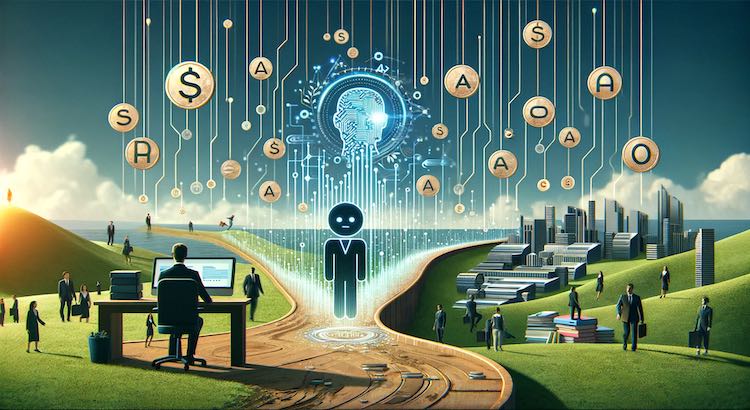How Technology is Transforming Transcription Cost: The Role of AI and Software
Technology has greatly changed how we use and pay for audio transcription services. These services now serve businesses, schools, and media companies around the world. The rise of artificial intelligence (AI) and advanced software has made transcription faster, cheaper, and more accessible. In this post, we break down how these advances are reshaping transcription pricing, accuracy, and options for everyone.
The Traditional Cost of Transcription
In the past, transcription was a manual job. Highly skilled professionals listened to audio files and typed every word. This required time and attention to detail. Because of this, transcription prices were high. Services usually charged by:
- Length of audio (per minute or per hour)
- Audio quality (clear vs. noisy recordings)
- Turnaround time (faster delivery costs more)
Manual transcription also meant higher prices if the project required multiple speakers, heavy accents, or technical terms. Clients often paid premium rates, especially for urgent or complex projects.
AI and Software Are Changing the Game
Today, AI and smart software have revolutionized transcription services. Powerful programs can now transcribe hours of audio in just minutes. According to industry reports, AI transcription tools can reach up to 85% accuracy for clear audio (2023). These automated platforms use machine learning to adapt to different voices and topics over time.
Some main benefits of AI transcription include:
- Faster processing time
- Lower costs per minute
- Scalable for large projects
- Easy integration with video, translation, or captioning services
This means more people and businesses can now afford quality transcripts, even for large projects or tight deadlines.
How Technology Has Changed Transcription Pricing
AI and other tech advances have reshaped how transcription services are priced. There are now more options and better deals for different needs.
Reasons for Lower and Flexible Pricing
- Faster Transcription Means Lower Costs: AI-powered systems can handle hours of speech quickly. This reduces the price per audio minute for customers. In fact, automated solutions are up to 60% cheaper than manual services (2022).
- Tiered Pricing Models: Services now offer pricing based on speed and accuracy. For example, a buyer can choose fast, low-cost AI results or pay more for expert human editing. Customers can also select bulk discounts, monthly plans, or pay-as-you-go rates through AI transcription subscriptions.
- Hybrid Solutions: Many services use both AI and human editors. This hybrid approach lets clients get fast drafts for less, with an option to add proofreading for extra accuracy. Check out transcription proofreading services for more.
Pricing Examples
- Basic AI-only transcription rates can be as low as $0.10 per audio minute.
- Human-reviewed or edited transcripts range from $0.80 to $1.20 per minute.
- Specialized services or rush orders cost extra.
For a full breakdown, visit the GoTranscript pricing page.
Accuracy and Quality: What to Expect
AI has brought down prices, but it does have some limits. Automated transcription may struggle with:
- Heavy accents or regional dialects
- Background noise
- Technical or specialized language
- Multiple speakers talking over each other
For the highest accuracy, many platforms combine fast AI transcription with expert human checking. Studies found that verified human-edited transcripts can reach 99% accuracy (2023).
Beyond Transcription: Adding Value with Technology
Today’s transcription tools can do even more than just turn speech into text. New technology makes it easy to add:
- Closed captions for videos
- Subtitles in multiple languages
- Text translation for global content
- Audio translation services
All of these features use the same core technology, making it easier and faster to produce fully accessible digital content.
The Future of Transcription Pricing: What’s Next?
As AI and machine learning improve, transcription pricing should keep dropping. But human transcriptionists are not going away. They are still needed for complex work, such as:
- Legal and medical transcripts
- Multi-speaker interviews
- Recordings with slang or industry lingo
- Audio with difficult accents or lots of background noise
In the future, look for even smarter AI tools that can handle mixed languages, noisy audio, and more. This will mean even more options and flexible pricing for all users.
Conclusion
Technology has made transcription services faster, cheaper, and more versatile than ever before. Thanks to AI and software, clients can choose from flexible pricing plans, from instant AI drafts to detailed human-edited outputs. As technology keeps improving, expect even better accuracy, lower costs, and new service options.
GoTranscript leads this shift by offering affordable automated transcription, expert proofreading, and complete manual transcription services. You can check out their pricing or order a transcript today to find the right fit for your needs.



















 Verified Order
Verified Order